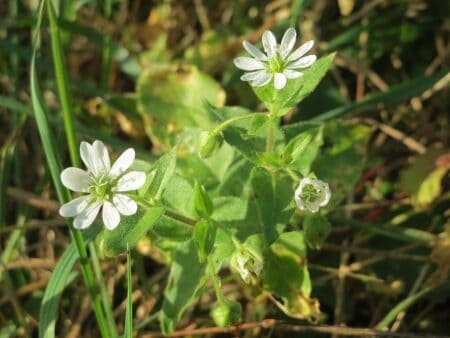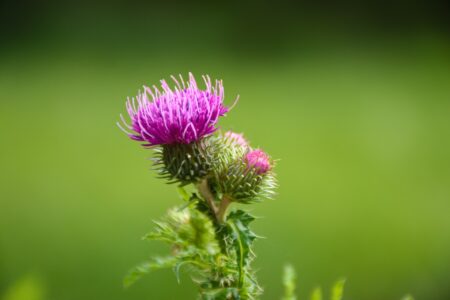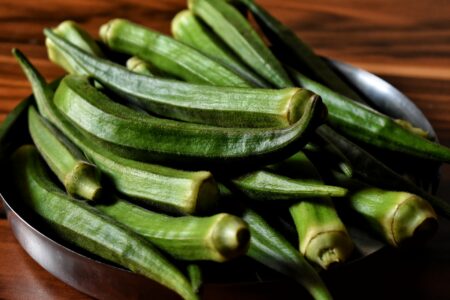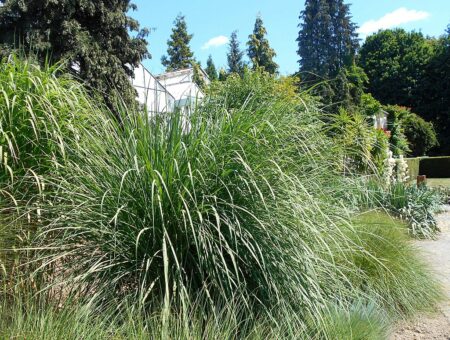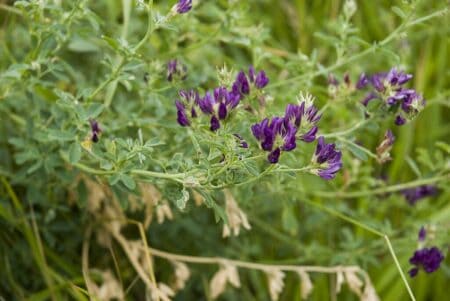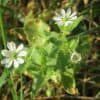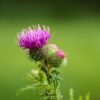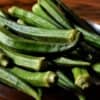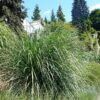Coontie palm, also known as Zamia integrifolia, is a slow-growing palm that is native to Florida, the Caribbean, and parts of Central America. It is a popular ornamental plant that is used as ground cover, and it can also be used in rock gardens, as a specimen plant, or as a container plant. The coontie palm is known for its attractive green leaves and its resistance to pests and diseases, making it an ideal choice for gardeners who want an attractive and low-maintenance plant. In this article, we will discuss how to grow and care for the Coontie palm.
Coontie Palm Grow and Care Guide
In this comprehensive guide, we’ll cover everything you need to know to grow and care for this beautiful plant.
Soil Requirements
The Coontie palm requires well-drained soil that is slightly acidic. The ideal soil pH is between 6.0 and 6.5. If your soil is too alkaline, you can add peat moss or pine bark mulch to the soil to reduce the pH. You can also add sand to the soil to improve drainage.
The coontie palm is a very ancient plant, with fossil evidence indicating that it has been around for over 200 million years.
Light
The Coontie palm prefers full sun to partial shade. It can grow in areas with full sun, but it will not grow as tall as it would in a shadier location. If you live in an area with intense sun, you may want to provide some shade for your Coontie palm during the hottest part of the day.
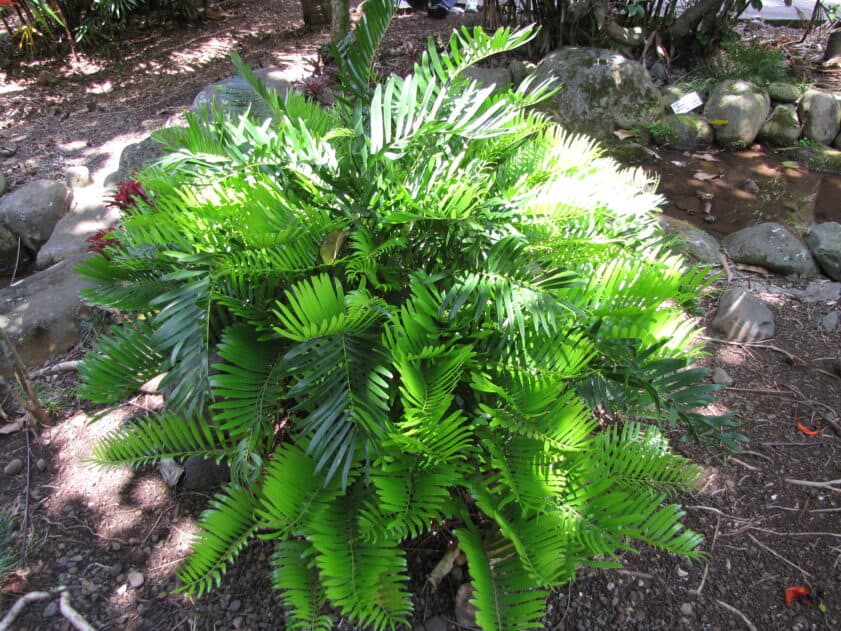
Water
The Coontie palm requires regular watering during the growing season, which is from spring to fall. During this time, it is important to keep the soil moist but not waterlogged. Overwatering can lead to root rot. During the winter months, the coontie palm requires less water. You can let the soil dry out between watering.
Fertilizer
This slow-growing palm requires regular fertilization to maintain its growth and health. Fertilize your Coontie palm once a month during the growing season with a balanced fertilizer. You can also use a slow-release fertilizer that will provide the plant with the nutrients it needs over a longer period.
Pruning Requirements
The Coontie palm does not require regular pruning, but you may need to remove any dead or yellow leaves. You can also remove any damaged leaves or stems to keep the plant looking its best.
The Coontie palm was an important food source for Native American tribes, who used the plant’s roots and seeds to make a type of flour that was used in cooking.
Propagation of Coontie Palm
The Coontie palm can be propagated by seeds or division.
Seed Propagation
To propagate the Coontie palm from seed, you will need to collect the seeds from a mature plant. The seeds should be planted in a well-drained soil mixture and kept moist but not waterlogged. It may take several years for the seeds to germinate and produce a mature plant.
Division Propagation
Coontie palm can also be propagated by division, you will need to separate the offsets or suckers that grow from the base of the plant. This can be done in spring or fall when the plant is not actively growing. The offsets can be planted in well-drained soil and kept moist but not waterlogged.
No matter which method you choose, it is important to provide the Coontie palm with proper care and attention to ensure its healthy growth and development. With the right growing conditions, Coontie palm can provide you with an attractive and low-maintenance plant for many years to come.
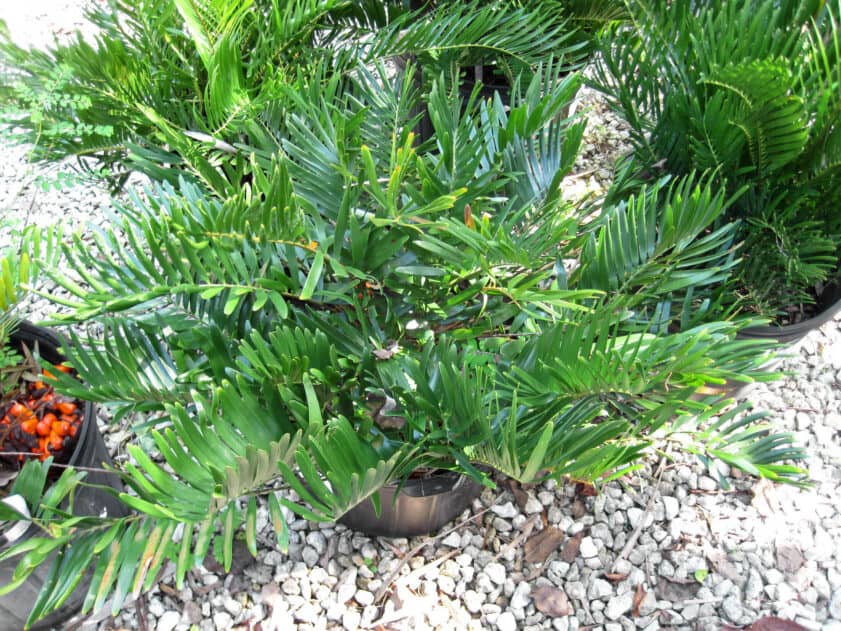
Common Uses of Coontie Palm
The coontie palm has a number of uses, both ornamental and practical. Some of the most common uses of this plant are:
Ground Cover
The coontie palm can be used as a ground cover in areas where other plants may not grow. It can help to prevent soil erosion and provide a low-maintenance alternative to other ground cover plants.
Rock Gardens
This palm can be used in rock gardens to provide an attractive contrast to the rocks and stones. Its low height and slow growth make it an ideal choice for rock gardens.
Specimen Plant
The coontie palm can also be used as a specimen plant in a garden or patio. It can provide an attractive focal point for your garden, and its slow growth means that it will not become too large to manage over time.
Container Plant
Since it does not grow tall, it can be grown in containers, making it ideal for people who live in apartments or have limited outdoor space. Container-grown plants can be moved indoors or outdoors as needed.
Pests and Diseases
The Coontie palm is generally resistant to pests and diseases, but it is not immune to them. Some of the most common pests and diseases that can affect the coontie palm are:
Scale insects
Scale insects are tiny pests that feed on the sap of the plant. They can cause yellowing and wilting of the leaves and can also weaken the plant. To control scale insects, you can use an insecticidal soap or an insecticide specifically formulated for scale insects.
Mealybugs
Mealybugs are small, white pests that feed on the sap of the plant. They can cause yellowing and wilting of the leaves and can also weaken the plant. To control mealybugs, you can use an insecticidal soap or an insecticide specifically formulated for mealybugs.
Root Rot
Root rot is a fungal disease that can occur if the soil is waterlogged or if the plant is over-watered. To prevent root rot, it is important to keep the soil well-drained and to water the plant only when the soil is dry. If you suspect that your plant has root rot, you should remove it from the soil and replant it in well-drained soil.
Fungal Leaf Spot
Fungal leaf spot is a common disease that can cause brown or black spots on the leaves of the coontie palm. To prevent fungal leaf spot, it is important to keep the foliage dry and to avoid overhead watering. If you suspect that your plant has fungal leaf spot, you should treat it with a fungicide specifically formulated for this disease.
Conclusion
In conclusion, the coontie palm is a beautiful and low-maintenance plant that is ideal for gardeners who want an attractive and easy-to-care-for plant. By following these simple guidelines, you can grow and care for a healthy and thriving coontie palm that will provide you with years of enjoyment.


